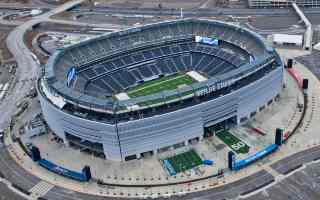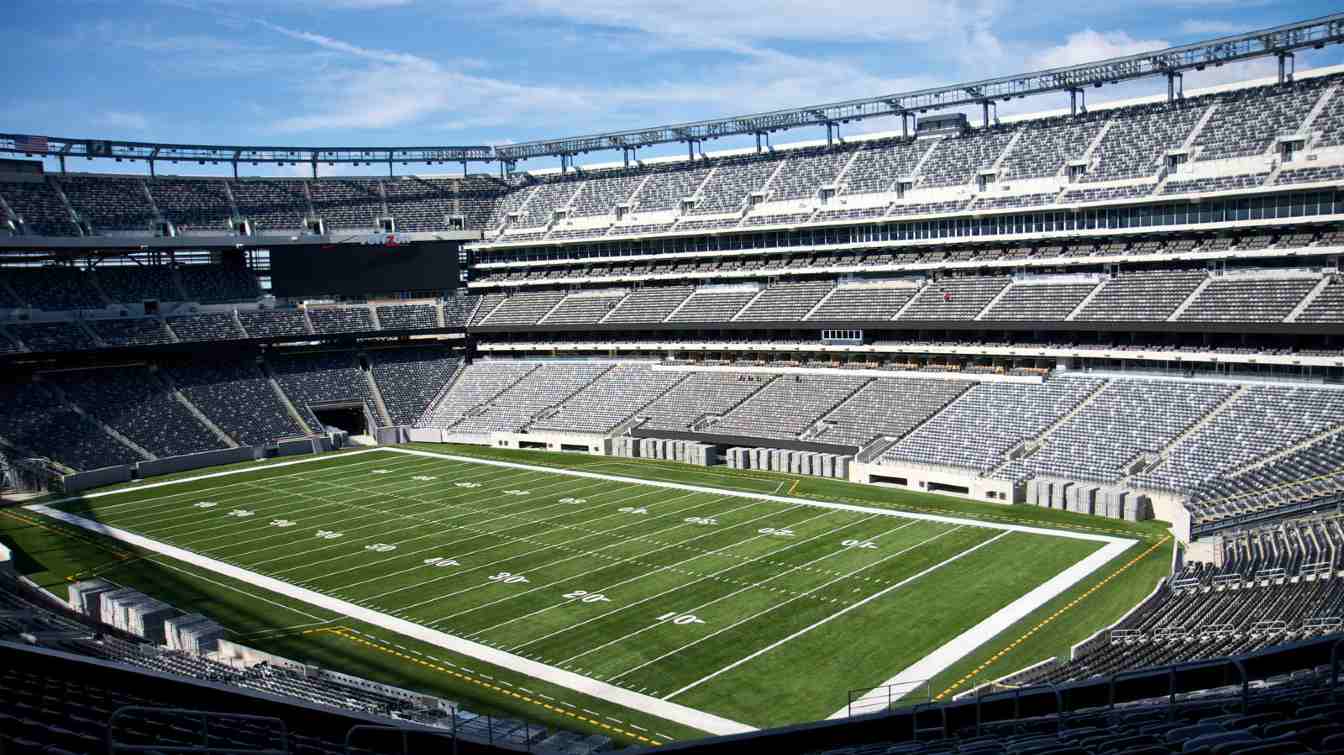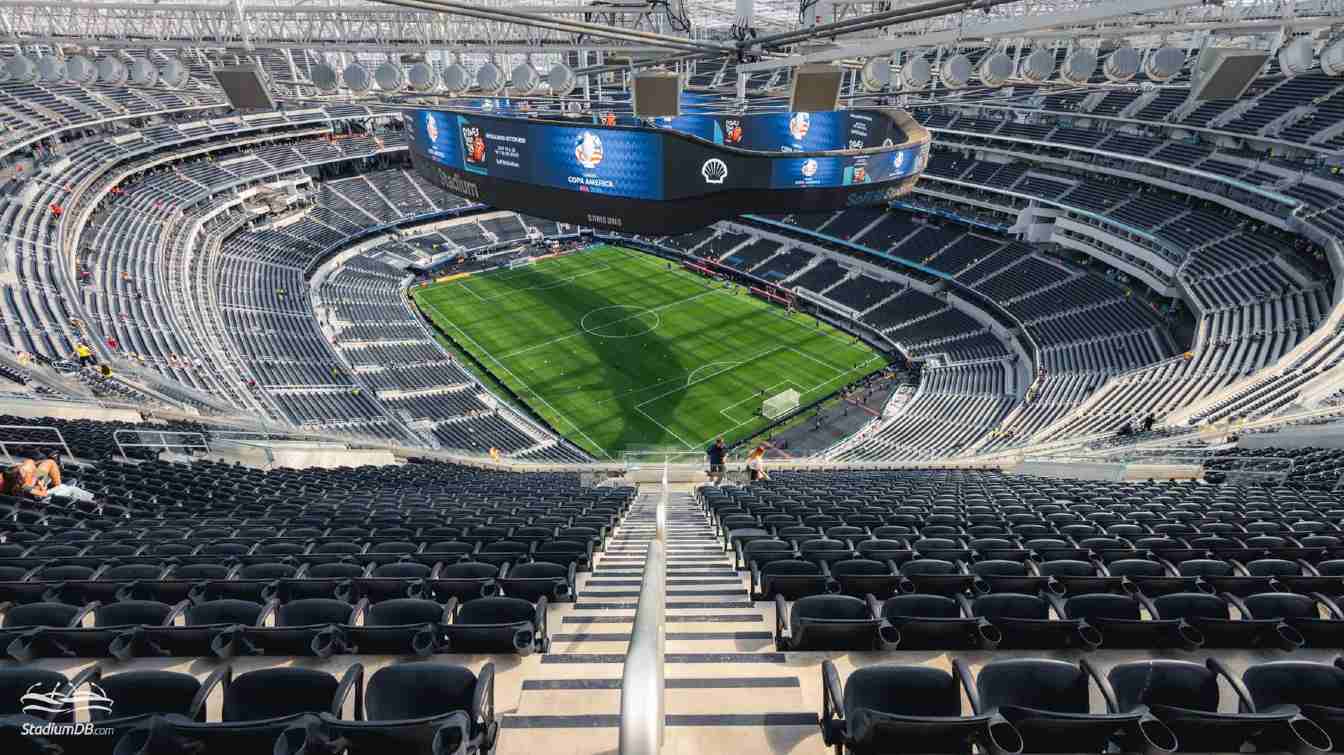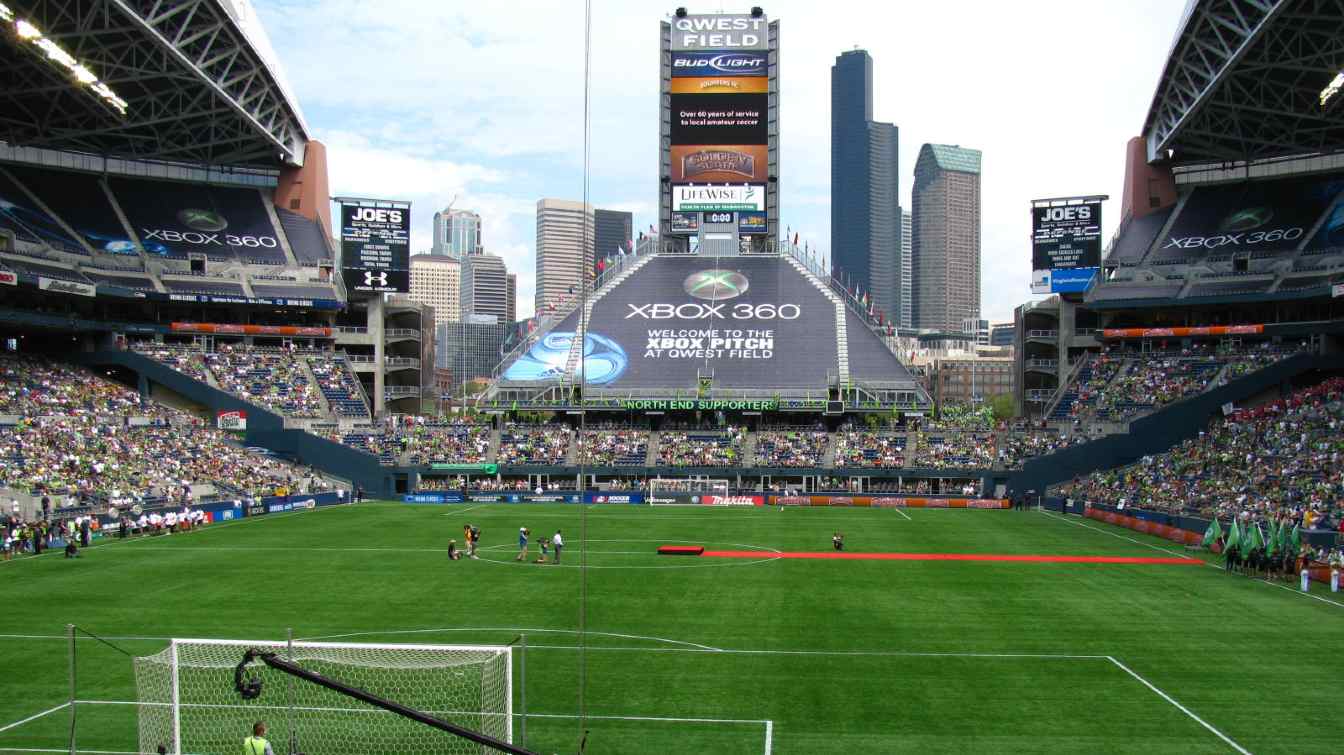USA: NFL stadiums repurposed as shelters in crisis response
source: StadiumDB.com ; author: StadiumDB.com
 The NFL and FEMA have partnered to repurpose major stadiums like MetLife and Lumen Field into emergency response hubs during natural disasters, offering shelter and medical aid. This collaboration strengthens community resilience and disaster preparedness across the U.S.
The NFL and FEMA have partnered to repurpose major stadiums like MetLife and Lumen Field into emergency response hubs during natural disasters, offering shelter and medical aid. This collaboration strengthens community resilience and disaster preparedness across the U.S.
Advertisement
NFL and FEMA Formalize Partnership for Crisis Response
In a significant move, the NFL and FEMA have signed a memorandum of understanding to transform football stadiums into emergency response hubs during natural disasters. This initiative, announced at NFL headquarters in New York City, includes four stadiums: MetLife, Lumen Field, Acrisure, and Raymond James, with SoFi Stadium expected to join soon. These venues will now be available year-round to serve as shelters, temporary hospitals, or staging areas during disasters such as hurricanes, tornadoes, and floods.
The agreement formalizes a partnership between the NFL and FEMA, initially sparked by the use of stadiums during the COVID-19 pandemic as temporary hospitals and vaccination sites. NFL Commissioner Roger Goodell and FEMA Administrator Deanne Criswell signed the agreement, marking the start of a comprehensive approach to utilizing these large venues for public safety during emergencies. Criswell noted, It just made perfect sense
to repurpose these venues for broader use in times of crisis.
 © section215 (cc: by) | MetLife Stadium
© section215 (cc: by) | MetLife Stadium
Stadiums Becoming Crisis Response Hubs
NFL stadiums have long been synonymous with game day excitement, but their size, central locations, and essential facilities make them invaluable assets during emergencies. The stadiums selected thus far—MetLife, Lumen Field, Acrisure, and Raymond James—are all centrally located near major transportation routes and healthcare services, ensuring swift response capabilities during disasters. SoFi Stadium, home to the Los Angeles Rams and Chargers, is currently under review to be added to the program.
Beyond their use during regular sporting events, stadiums have a history of stepping up during emergencies. The Superdome in New Orleans famously sheltered thousands during Hurricane Katrina, and more recently, venues were used as vaccination centers during the pandemic. This initiative marks a formal acknowledgment of the critical role sports venues can play in disaster response and recovery.
Global Examples of Stadiums Used as Shelters
This isn’t just a U.S. phenomenon. Around the world, stadiums have been vital during crises. After the 2011 earthquake in Japan, stadiums provided shelter for thousands, while after the 2010 Haiti earthquake, sports venues became makeshift shelters. During Typhoon Haiyan in 2013, stadiums in the Philippines housed evacuees and served as relief centers, showcasing the versatility of these venues across the globe.
A Broader Network of Support in Times of Crisis
While NFL stadiums provide physical shelter, the entertainment industry as a whole can contribute to disaster response in various ways. Digital platforms, including online casinos and streaming services, have played their part during previous crises, often organizing charitable campaigns or fundraising events to support affected areas. This natural collaboration between physical venues and digital platforms highlights the multifaceted role entertainment industries play in supporting communities during emergencies. In Japan, for example, online casinos have contributed to disaster relief efforts by engaging their audiences in charitable initiatives.
 © Grzegorz Kaliciak | SoFi Stadium
© Grzegorz Kaliciak | SoFi Stadium
Supporting Recovery Beyond Shelter
The role of stadiums in disaster response goes beyond providing physical shelter. These venues serve as focal points for community recovery, offering a space for emotional support and connection during difficult times. Similarly, digital entertainment platforms—from online casinos to music streaming services—help boost morale, providing much-needed distraction and comfort. This holistic approach to relief, blending physical infrastructure with digital engagement, shows the power of coordinated efforts during times of crisis.
The Future of Stadiums in Emergency Response
As natural disasters become more frequent due to climate change, the partnership between FEMA and the NFL may set a precedent for other sports organizations and entertainment venues to follow. The NFL, which approached FEMA with the idea three years ago, has created a model that could expand to other industries, including digital platforms, to further support communities during emergencies.
The stadiums are available year-round, and the operational costs of turning them into emergency centers during federally declared disasters will be negotiated between local, state, and federal government officials, ensuring a seamless response when needed. As Florida braces for Hurricane Helene, upgraded to a Category 1 storm, the importance of this agreement becomes even more evident.
 © Cacophony (cc: by-sa) | Lumen Field
© Cacophony (cc: by-sa) | Lumen Field
One of the Components in Strengthening the Community
NFL stadiums are taking on an essential new role beyond entertainment, standing ready to serve as shelters and recovery centers in times of disaster. This initiative not only leverages the physical infrastructure of the stadiums but also complements broader efforts within the entertainment industry to support disaster response. From fundraising on digital platforms to providing physical shelter, the NFL and FEMA are demonstrating how diverse sectors, including online casinos popular in regions like Japan, can collaborate to strengthen community resilience and provide much-needed relief during crises.
Advertisement

 StadiumDB
StadiumDB